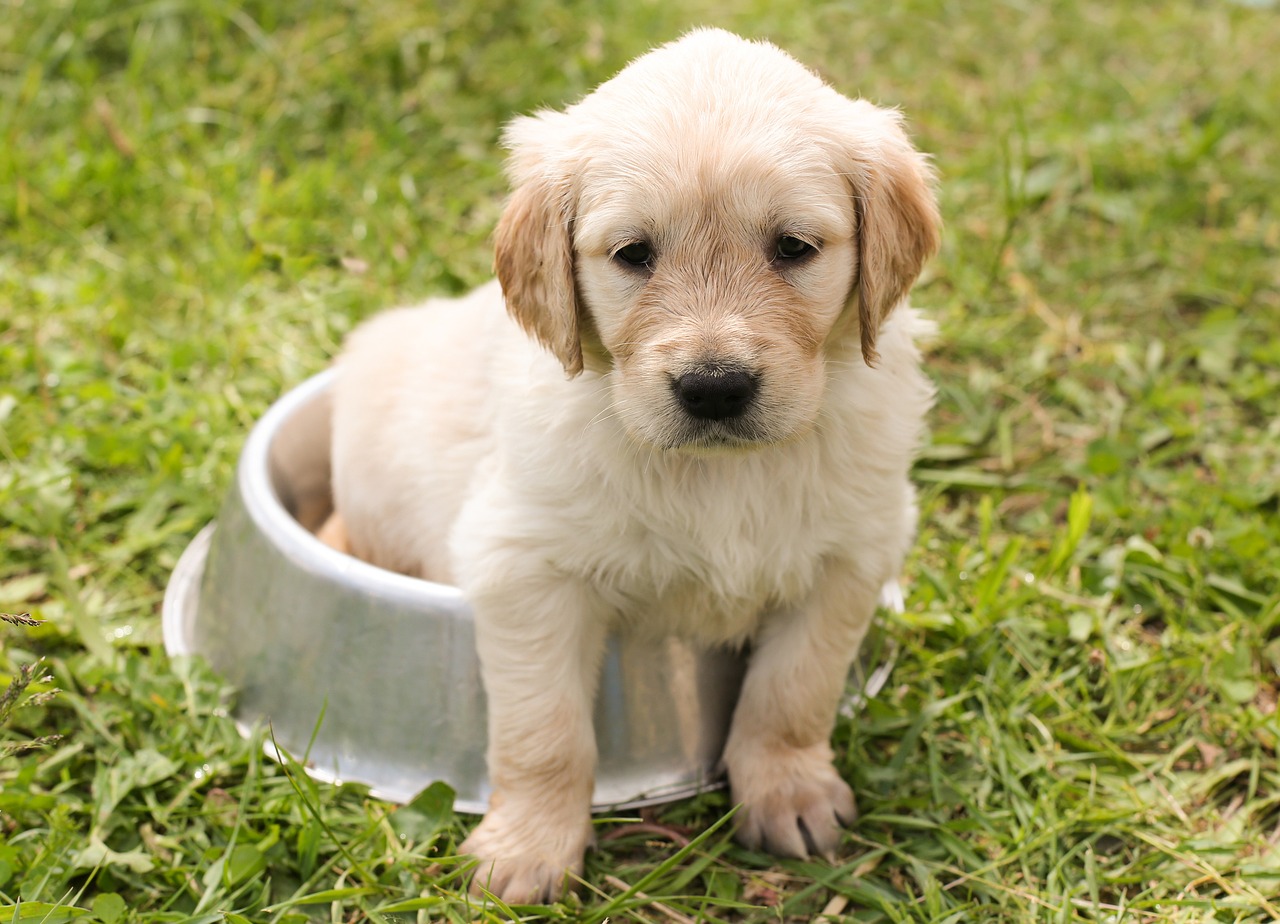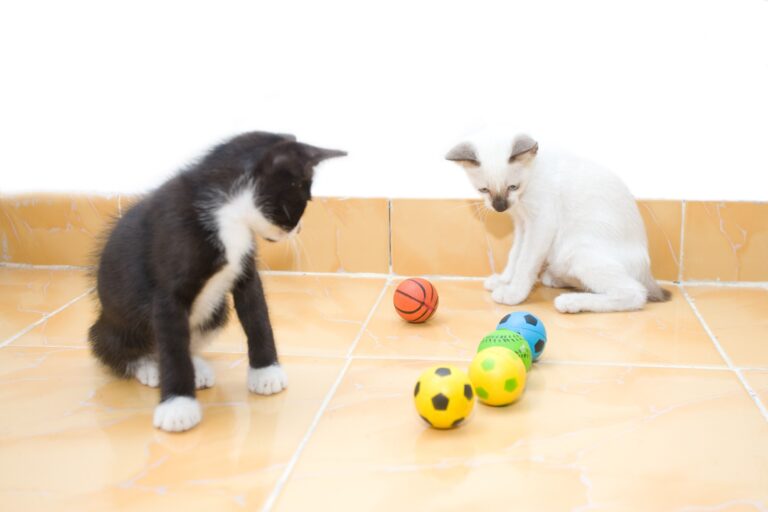Puppy Potty Training 101: Mastering the Mess (Before They Do!)

Puppy potty training can be a daunting task, but fear not! With a little patience, consistency, and a sense of humor, you can successfully teach your furry friend to do their business in the right place. In this article, we’ll walk you through the ins and outs of puppy potty training, helping you master the mess before they do!
So, grab your cleaning supplies, put on your best puppy-parenting hat, and let’s dive in, shall we?
The Importance of Puppy Potty Training
Before we jump into the nitty-gritty of potty training, let’s talk about why it’s so important. Beyond the obvious benefit of avoiding messes on your precious carpet, proper potty training sets the foundation for a healthy and well-behaved dog.
Here are some key reasons why puppy potty training is essential:
- Establishes a routine: A consistent potty training routine helps your puppy understand when and where they should relieve themselves, reducing accidents around the house.
- Builds trust and strengthens the bond: By guiding your puppy through the potty training process, you establish trust and create a positive connection between you and your furry companion.
- Promotes good hygiene: Proper elimination habits are key to maintaining your puppy’s health and cleanliness.
- Prevents behavioral issues: Dogs that are not potty trained may develop behavioral problems, such as anxiety, fear, and territorial marking.
Puppy Potty Training 101 (Summarized)
- Create a designated potty area:
- Choose a specific spot outside where you want your pup to do their business. This consistent location helps them associate the area with their bathroom needs.
- Use a command, such as “Go potty!” or “Do your business!” when bringing them to the designated spot. Be sure to praise them when they go.
- Establish a consistent schedule:
- Set regular times throughout the day for bathroom breaks. Puppies typically need to relieve themselves after naps, meals, playtime, and waking up in the morning.
- Take your puppy outside to their designated potty area at these specific times. Consistency is key!
- Watch for signs and signals:
- Keep a keen eye on your puppy’s behavior to spot any signs that they need to go, such as sniffing the ground, circling, or suddenly becoming restless.
- If you notice these signs, calmly and quickly take your puppy outside to their designated potty area.
- Use positive reinforcement:
- Praise and reward your puppy immediately after they successfully go potty in the designated area. You can use treats, verbal praise, and gentle strokes to let them know they’ve done a great job.
- Avoid punishing accidents indoors, as it may confuse or frighten your pup, hindering the potty training progress.
- Consistency, consistency, consistency!
- Stay committed to your potty training routine, even when it feels challenging. Consistency is key to helping your pup understand the desired behavior.
- Remember that accidents will happen, especially during the initial stages of training. Stay patient and be ready for some messes along the way.
Now, let’s move on to the practical steps you can take to successfully potty train your puppy.
Preparing for Potty Training
Before diving into the training process, there are a few essential steps to get you set up for success.
Setting Up a Potty Training Area
Designating a specific area in your home for potty training is crucial. It could be a small section of your backyard or a designated spot indoors with puppy pads or artificial grass. Consistency is important, so choose a spot and stick to it.
Choosing the Right Training Method
Different training methods exist, including crate training, paper training, and the direct outdoor method. Research each option and consider your lifestyle and living arrangements to determine the most suitable approach for you and your pup.
Stocking Up on Essential Supplies
Make sure you have all the necessary supplies before you begin. These may include puppy pads, cleaning solutions, treats for rewards, a leash for outdoor training, and a crate or confinement area.
Understanding Your Puppy’s Needs
To effectively potty train your puppy, you must understand their needs and establish a routine.
Establishing a Routine
Consistency is key when it comes to potty training. Establish a routine around your puppy’s meal times, nap times, and playtimes. Regular bathroom breaks after these activities will help your puppy associate certain times of the day with going potty.
Recognizing Signs of Needing to Go
Learn to recognize the signs that indicate your puppy needs to relieve themselves. These may include sniffing around, circling, whining, or suddenly stopping play. When you notice these signs, quickly guide your pup to the designated potty area.
Positive Reinforcement Techniques
Positive reinforcement is a powerful tool when it comes to potty training your puppy.
Using Verbal Praise and Rewards
Praise your puppy enthusiastically when they eliminate in the correct spot. Use a happy, high-pitched tone and reward them with treats, toys, or playtime. This positive reinforcement helps them understand that going potty in the designated area is a good thing.
Clicker Training
Clicker training is an effective method that pairs a distinct clicking sound with rewards. When your puppy eliminates in the desired location, immediately click the clicker and offer a reward. This association helps reinforce the desired behavior.
Handling Accidents Gracefully
Accidents are bound to happen during the potty training process. Here’s how to handle them with grace and patience.
Cleaning Up Properly
Promptly clean up any accidents using an enzymatic cleaner specifically designed for pet messes. Avoid using ammonia-based products, as they can amplify the smell and confuse your puppy, making accidents more likely to happen in the same spot.
Avoiding Punishment
Never scold or punish your puppy for accidents. They are learning, and punishment will only create fear and anxiety around the potty training process. Instead, focus on positive reinforcement to encourage desired behaviors.
Crate Training and Confinement
Crate training and confinement can be valuable tools during the potty training period.
Creating a Safe and Comfortable Space
Choose an appropriate crate size that allows your puppy to stand, lie down, and turn around comfortably. Make the crate cozy with a comfortable bed or blanket. Ensure that the area remains well-ventilated and never use the crate as a form of punishment.
Using the Crate as a Training Tool
The crate can be used as a tool to help establish a routine and prevent accidents. Take your puppy outside to eliminate immediately after letting them out of the crate, as dogs generally avoid soiling their living area. Gradually increase the time between bathroom breaks as your puppy becomes more reliable.
Patience and Consistency
Potty training requires patience and consistency. Keep the following tips in mind throughout the training process.
Consistency is Key
Stick to the routine you’ve established and be consistent with your training methods. This consistency helps your puppy understand expectations and speeds up the learning process.
Celebrating Small Victories
Potty training is a gradual process, and your puppy will make mistakes along the way. Instead of focusing on accidents, celebrate each successful potty break in the designated area. This positive reinforcement encourages desired behavior and motivates both you and your pup.
Common Challenges and Solutions
While each puppy is unique, there are a few common challenges that may arise during potty training. Here are some tips to overcome them.
Submissive Urination
Submissive urination is often a result of fear or anxiety. Avoid hovering over your puppy, making direct eye contact, or using a stern tone. Instead, approach them calmly, get down to their level, and provide reassurance and praise when they exhibit confident behavior.
Marking Behavior
Marking is a natural instinct for dogs, particularly male dogs. Neutering can help reduce marking behavior. If marking indoors becomes a problem, supervise your puppy closely, use belly bands or diapers, and work on reinforcement training to redirect their focus.
Troubleshooting Potty Training Problems
Sometimes, potty training can hit a roadblock. Here’s how to troubleshoot common issues.
Regression in Training
If your puppy starts having accidents again after showing progress, review your routine and training methods. Ensure that you haven’t deviated from what was working. Revisit the basics and reinforce the training by going back to a more controlled environment before gradually reintroducing more freedom.
Seeking Professional Help
If you’re struggling with persistent potty training issues or your puppy shows signs of excessive anxiety, it may be helpful to seek professional help. Consult a certified dog trainer or a veterinarian with experience in behavioral issues for guidance.
Conclusion
Congratulations! You’re now armed with the knowledge and strategies to tackle puppy potty training like a pro. Remember, it’s all about consistency, positive reinforcement, and a whole lot of patience. Embrace the challenges and the occasional mess, knowing that you are guiding your new puppy toward a clean and well-behaved future. So, seize the potty-training adventure, and let the countdown to a mess-free home begin! Good luck, puppy parents!
Frequently Asked Questions
It’s best to start potty training your puppy as soon as you bring them home, usually around 8 to 12 weeks of age. However, remember that every puppy is different, and some may take longer to grasp the concept.
The time it takes to fully potty train a puppy varies depending on the breed and individual pup. On average, it can take anywhere from a few weeks to several months. Stay patient and consistent with your training efforts.
If you catch your puppy in the act of having an accident indoors, interrupt them with a firm “No!” or clap your hands to get their attention. Quickly take them outside to their designated potty area to finish. Remember to reinforce positive behavior when they do go outside.
No, punishment should never be used during potty training. It can create fear and anxiety, hindering the learning process. Instead, focus on positive reinforcement and redirection.
If accidents happen indoors, it’s important to clean the area thoroughly to remove any lingering odor. Use an enzymatic cleaner specifically designed for pet messes. Avoid using ammonia-based cleaners, as they can trigger a dog’s instinctual urge to mark the spot again.
While it is possible to potty train a puppy indoors using puppy pads or artificial grass, it’s generally recommended to transition them to outdoor potty training as they grow older. Outdoor training encourages good habits and helps prevent confusion.
If your puppy seems to struggle with potty training or doesn’t seem to grasp the concept, be patient and consistent. Consider seeking professional help from a certified dog trainer or a veterinarian with experience in behavioral issues.
Remember, each puppy is unique, and the potty training process may take time and effort. Stay committed, enjoy the journey, and embrace the bond you build with your furry friend along the way.

